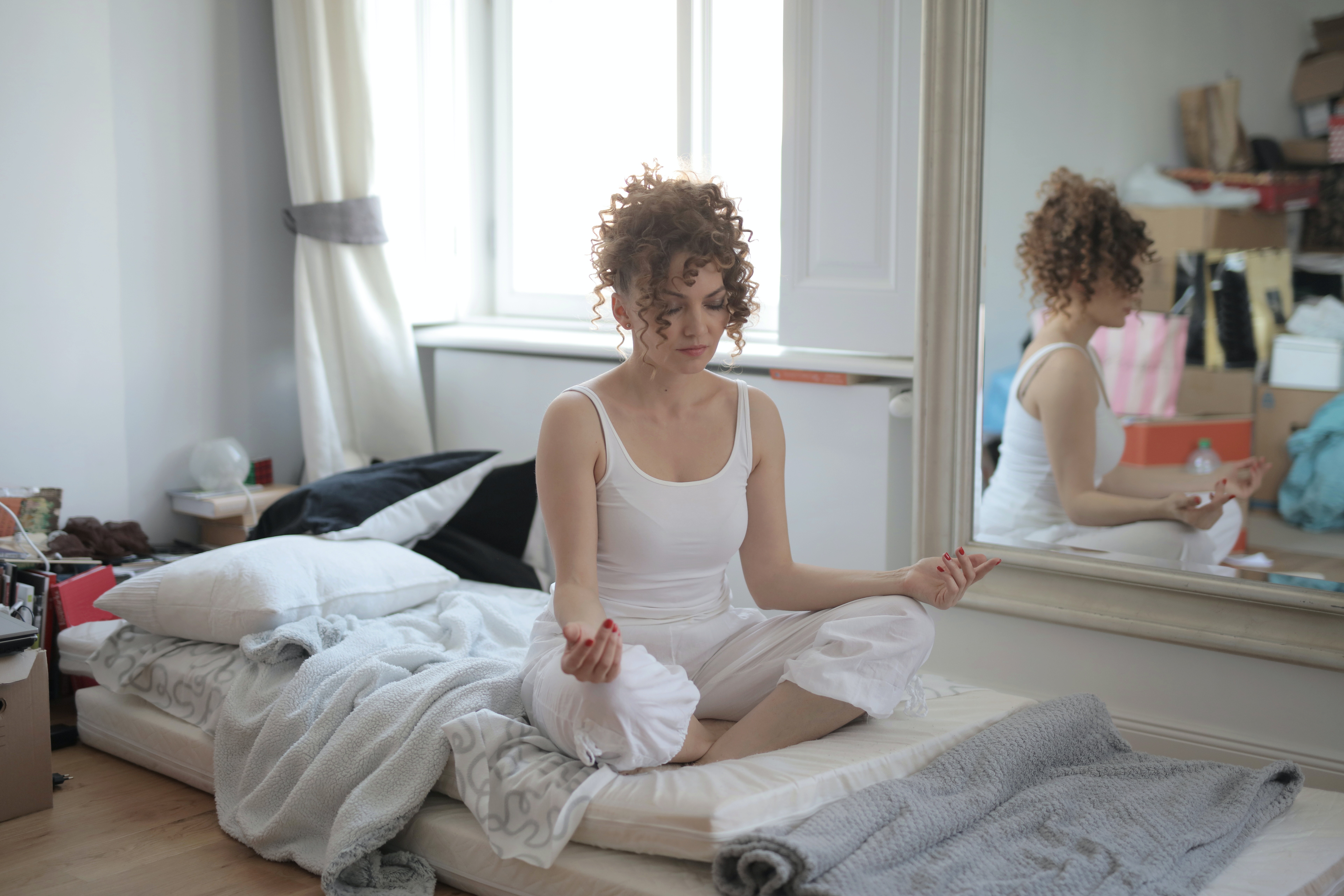7 Steps On How To Do Meditation At Home
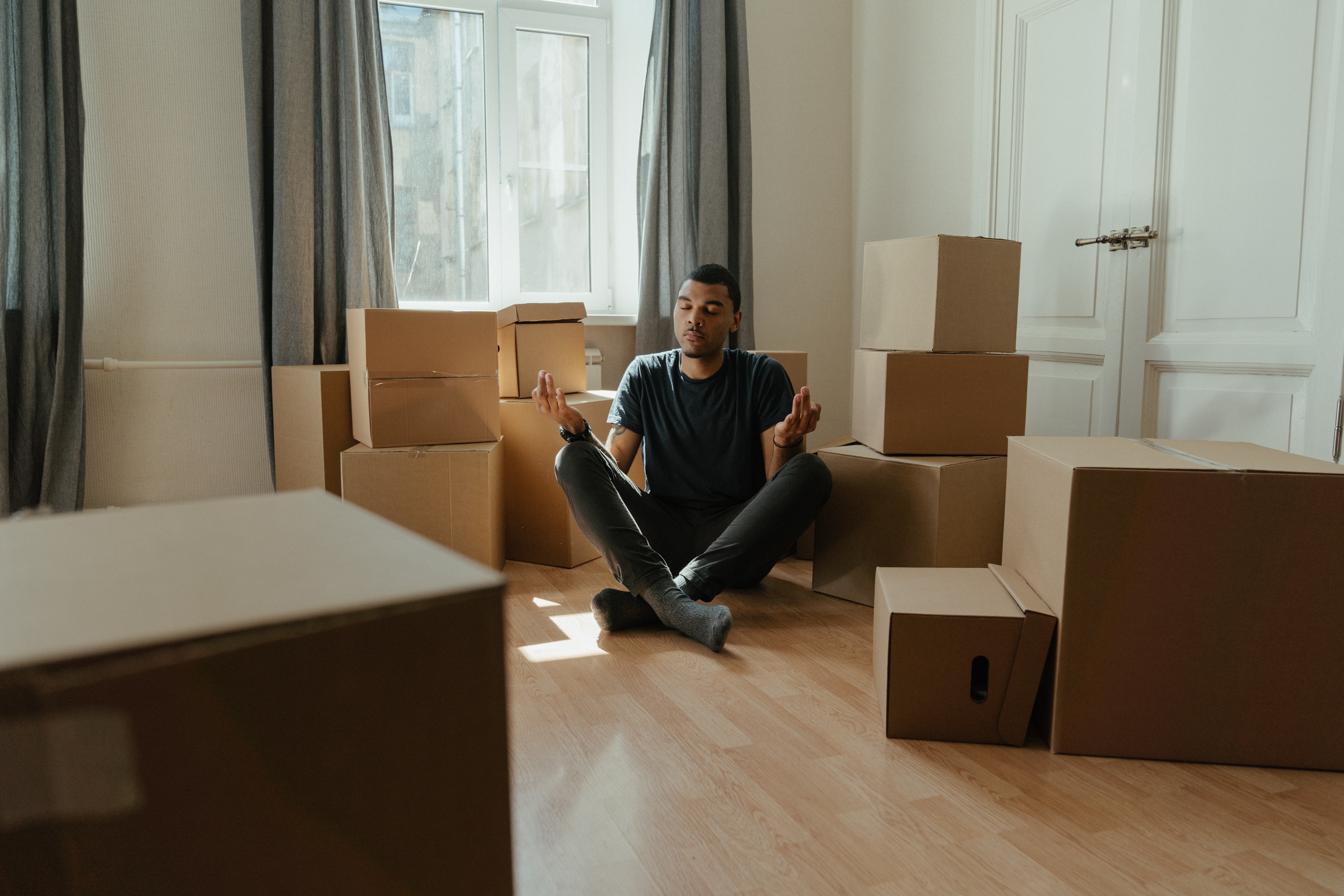
“Meditation at home is possible and easy.”
Meditation is a holistic activity that calms your mind and puts your body into a relaxed state. People who meditate regularly have increased awareness of their thoughts, stronger focus and concentration, and emotional stability. There are several ways of doing meditation, and one of them is at home.
Meditation at home is possible and easy, despite obstacles you believe you might have. In spite of all the activities around you, you can get the most out of your meditation if you prepare well. For beginners, here are some useful tips on how to do meditation at home.
Schedule a Convenient Time

“Choose the right time, when no one will interrupt you.”
During meditation, you need time to focus and relax your mind and body. Therefore, you need to pick a time of the day when you’re free without any commitments or obligations. Additionally, you need to choose the right time when no one will interrupt you. Meditation is best done in the early hours or at sunset.
During these hours, there is less noise, and everything is fresh. Another great practice would be to start small, and increase time as you continue your practice. Sometimes, just meditating for 2-5 minutes can be the start of a beautiful habit that you begin to form.
If just starting out, setting a timer will be a great step, which can help take thoughts or concerns away of how long you’ve been sitting there with your eyes closed. With that out of the way, you can focus your attention to meditating, breathing, and peace. Most importantly, it doesn’t have to be perfect. Especially at the start.
Remember the old saying, practice makes “perfect.”
Warm Up
“Start by doing little exercises such as stretching.”
Before you sit down and start meditating, ensure that you warm up. You can start by doing little exercises such as stretching. Warm up helps in improving blood circulation, removes dullness, and gets your body ready for meditation.
Find a Comfortable Spot
“You should select a peaceful and quiet place where you will not be disturbed”
Finding the right place for meditation is crucial if you want to enjoy the benefits of this activity. You should select a peaceful and quiet place where you will not be disturbed. If you have a yard around your home, you may find a suitable spot to do your meditation.
Moreover, you can select one of the rooms in your house that is not used regularly for a more relaxing experience. For some, it may be helpful to meditate with the door closed, where you won’t be disturbed or concerned about others interrupting or barging in.
Choose the Right Posture
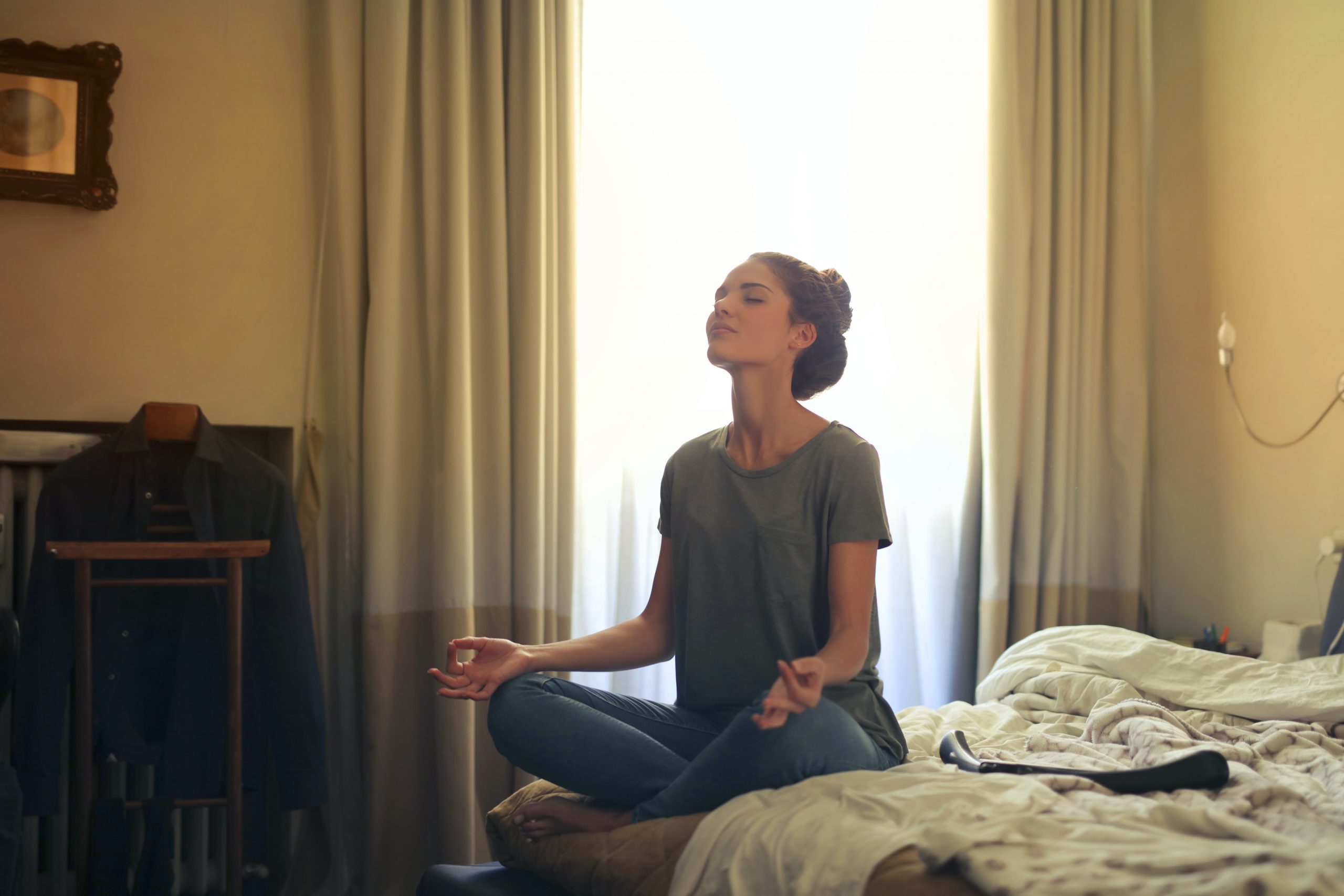
“Ensure that your body is in a relaxed, steady, and comfortable position.”
One of the essential ways to meditate at home is by choosing the right posture. If you want to have a successful meditation, ensure that your body is in a relaxed, steady, and comfortable position. As a beginner, it is advisable to sit upright to familiarize yourself with the practice.
You should sit with your legs folded at the knees and ensure your neck and shoulders are relaxed. Furthermore, you may invest in a meditation chair and cushions to help with posture.
Meditate Before Meals

“Eating heavily will likely make you doze off during meditation.”
Meditation should be done before having a meal, on an empty stomach. However, you should avoid meditation when you are starving. This is because when starving, you will not be able to focus, and your mind will keep thinking about the next meal.
The best time to meditate is two hours after or before eating a meal. When eating prior to meditation, you should also consider indulging in a light meal, as eating heavily will likely make you doze off during meditation.
Take Deep Breaths

“As you take a breath, counting each breath is also especially helpful…”
Breathing in the right manner is essential during meditation and for healthy living. Concentrate on deep breathing to make your mind peaceful and relaxed. Additionally, you can try to close your eyes during meditation to control your breathing rhythm.
As you take a breath, counting each breath is also especially helpful, if you find your mind begin to wander. This will help to center you, and bring your mind back to focus on the now, and off of the wandering mind.
Notice that thoughts aren’t necessarily bad to have during meditation. This is normal. However, when a thought does show, it’s best to observe the thought as a watcher, and then let it go. Never giving the thought any energy or additional space in your mind to continue further. Cut thoughts off at the source and just let them go as they come during your session. This will be especially helpful for our next step.
Use Everyday Sounds to Your Advantage
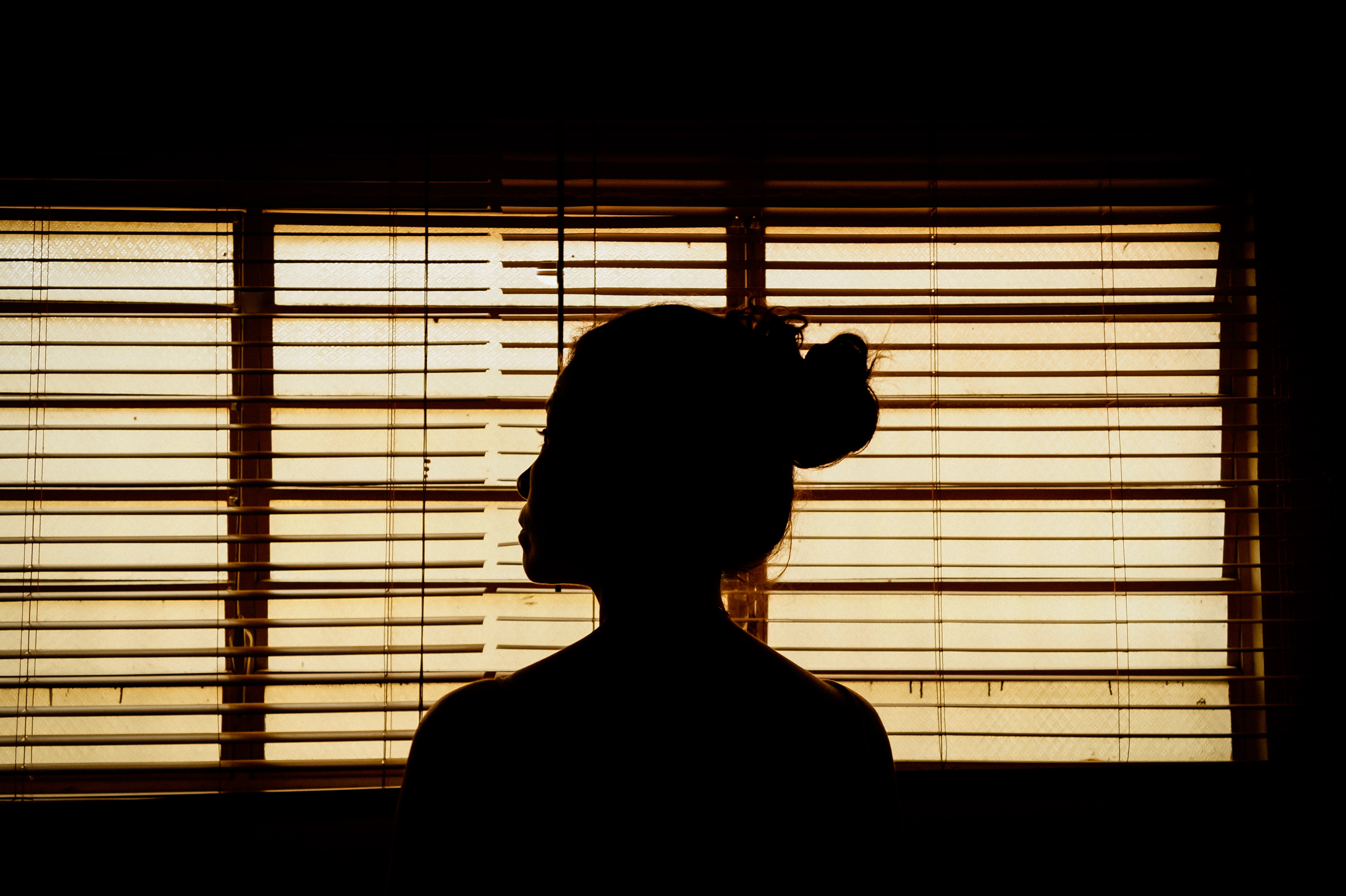
“Sound cannot exist without silence.”
In addition to focusing on the breath – when your mind begins to wander into endless thought, another great thing to also point your attention to at the start of your meditation would be the sounds that occur around you. These sounds could include those that you hear both indoors, or even outside. A bird chirping, a car passing by, the ticking of a clock or wristwatch, no matter what the sound is.
When your eyes are closed, you’ll likely come to realize, sounds will start to become more noticeable, as your senses adjust to make up for the temporary lack of sight.
The point of this practice isn’t necessarily the sounds themselves. But rather, the silence that exists in between the noises that occur. After all, sound cannot exist without silence. The two go hand in hand. Like positive and negative, or day and night.
As the goal in meditation is to quiet the mind, and find peace, a great practice will be to focus on the silent spaces that occur in between the sounds you hear around you.
Overall, the best practice during your meditation session will be to mix this sound practice at the start with turning your focus inward and focusing on your breath. By focusing inward on your breath, this will allow you to separate yourself from the sounds, your thoughts, and ultimately the world around you.
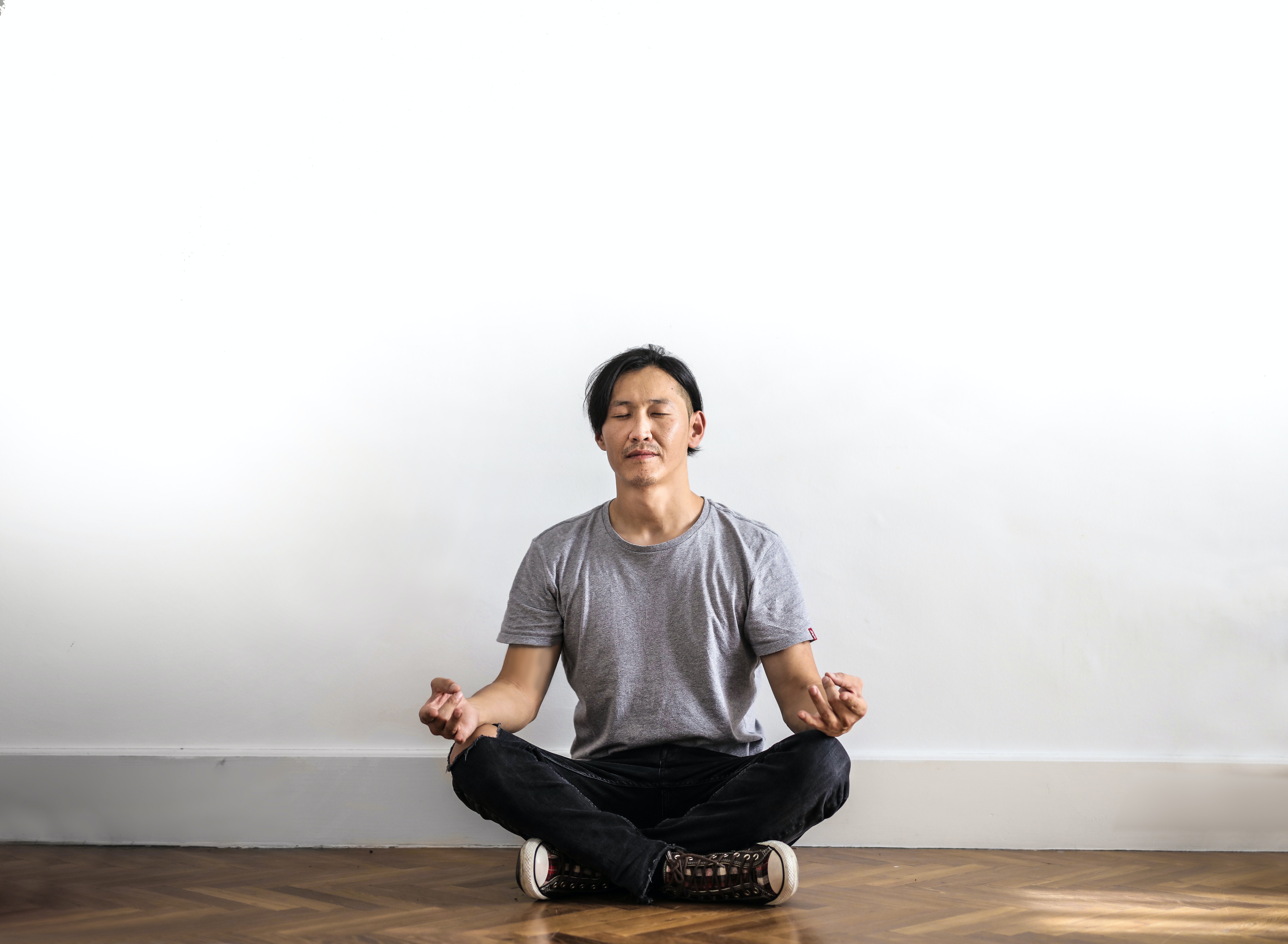
With practice, and repetition, you may just find things such as social anxiety, and negative self-talk begin to fade as you learn to separate yourself from negative, or racing thoughts, and self-criticism.
Remember, meditation is a journey that requires practice, commitment, and patience. If you’re just getting started, these beginner guidelines on how to do meditation at home will help you enjoy the benefits gradually, over time.

